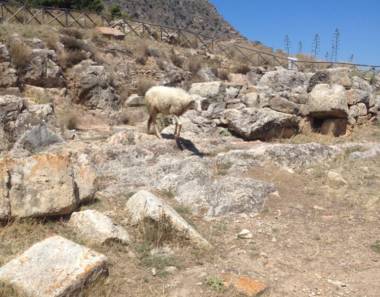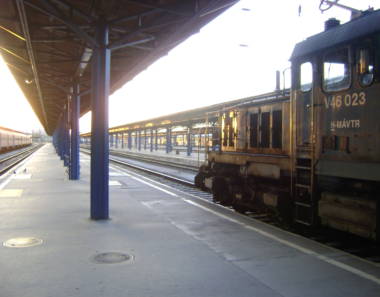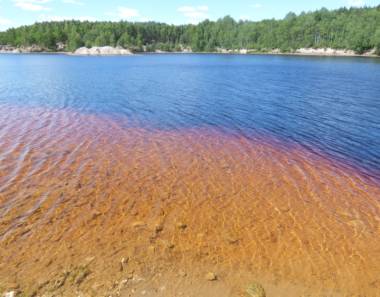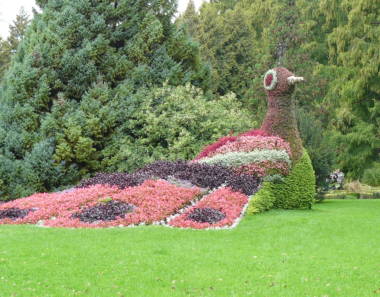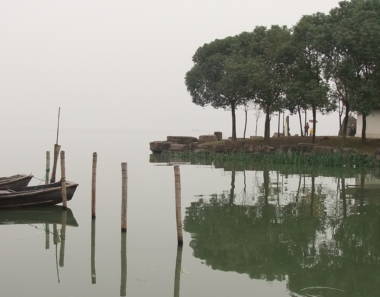The photogallery is an attempt to visualize selected essential issues contained in the dictionary of landscape concepts. Not all terms yield to translation into pictures. The photographs we have selected aim to illustrate these aspects of landscape concepts which can be directly referred to specific phenomena readable in the landscape and thus captured in images. In this sense, the photogallery is a visual commentary to the dictionary which is presented here in the form of quotations accompanying the photos.
All the photographs were taken by the team members working on the project and most of them were taken during its lifetime.
Photogallery
Endangered landscape
An endangered landscape is threatened by destruction, decay or total annihilation. Its revival would be/is difficult or impossible. It is protected under law because of natural assets, as well as cultural, social or/and historical values.
Garden
A garden is an assigned place, where the human domesticates and subordinates nature. Nature, in this sense, performed varied functions (aesthetic, recreational, economical) and possesses different meanings (cultural, social, political).
Memory of landscape
The memory of landscape represents an interpretative approach that sets out from the standpoint of remembering and forgetting, processes taking place in the cultural and social reality which leave a symbolical or material trace on the cultural landscape.



